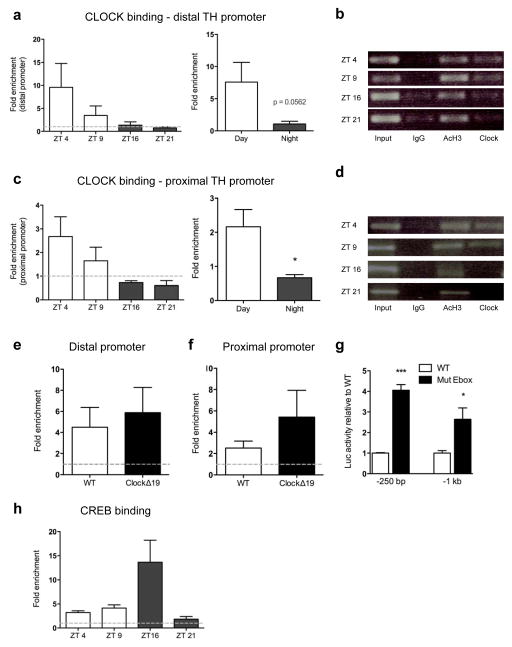Figure 4. CLOCK binding at the TH promoter.
(a) Fold enrichment, as calculated from Ct values, at distal promoter region across ZT time following chromatin immunoprecipitation with a CLOCK-specific antibody in C57BL/6 mice (n =3–4 per time point). (a, right) Comparison of CLOCK binding at the distal TH promoter during the light (averaged values of ZT 4 and ZT 9 from graph, left) versus dark phase (averaged values of ZT 16 and ZT 21 from graph, left) shows a strong trend toward a diurnal variation in promoter occupancy (t13=2.113, p=0.056). (b) Representative agarose gels of q-PCR products from ChIP assay for graphs in (a). (c) Binding at the proximal TH promoter. (c, right) Significant diurnal variation in CLOCK occupancy of the TH proximal promoter (t13=2.713, p=0.02).(d) Representative agarose gels of q-PCR products from ChIP assay for graphs in (b). (e,f) Fold enrichment at distal (e) and proximal promoter region (f) following ChIP with a CLOCK-specific antibody comparing ClockΔ19 mutants to wild-type (WT) controls; (n =4–6 per time point).(g) Relative luciferase activity in PC12 cells transfected with WT TH-luc constructs (250 bp or 1000 bp) or TH-luc constructs containing mutant E-boxes. Mutating the E-boxes significantly increased luciferase activity at the proximal (t16=11.30, p<0.0001) and distal site (t9=3.158, p<0.01).(h) Differential levels of p-CREB (s133) binding at the proximal TH promoter across ZT time with increased binding observed during the beginning of the dark phase (ZT 16) in C57BL/6 mice.

